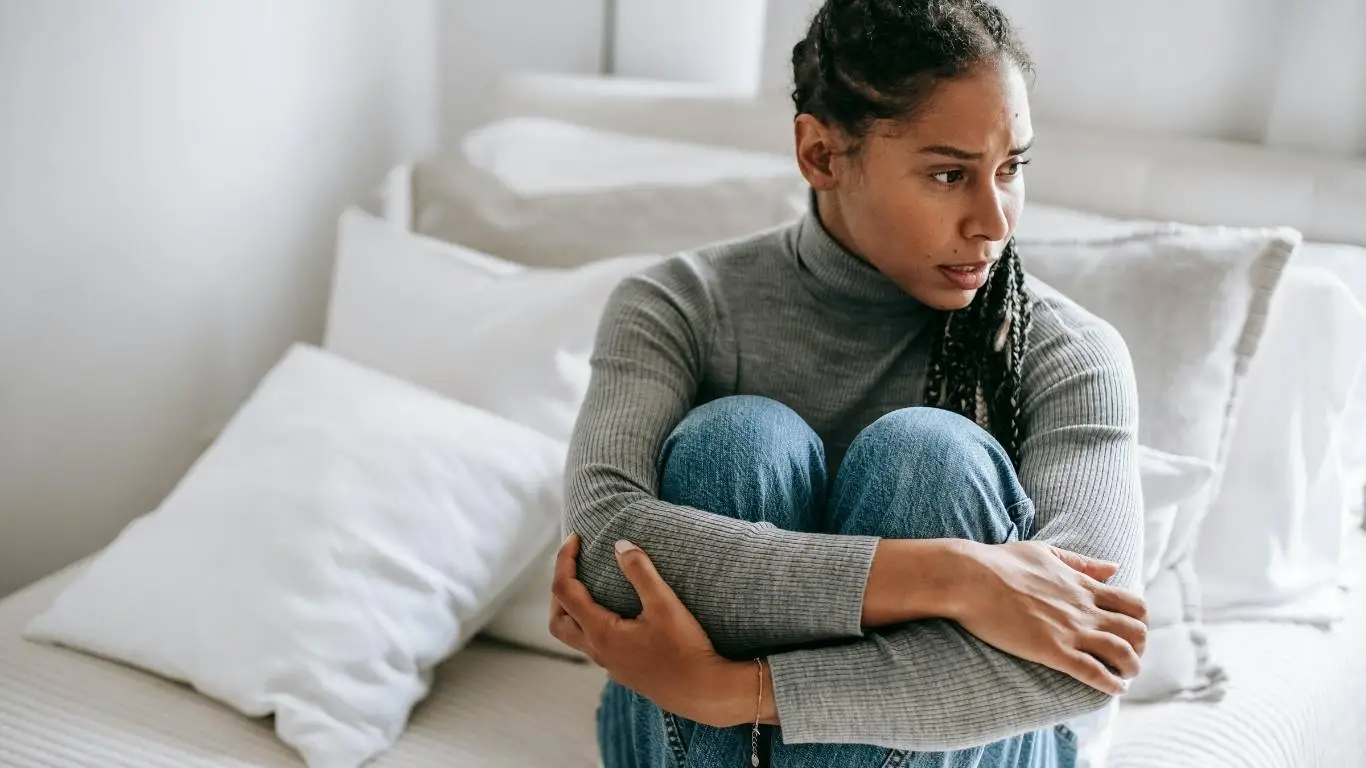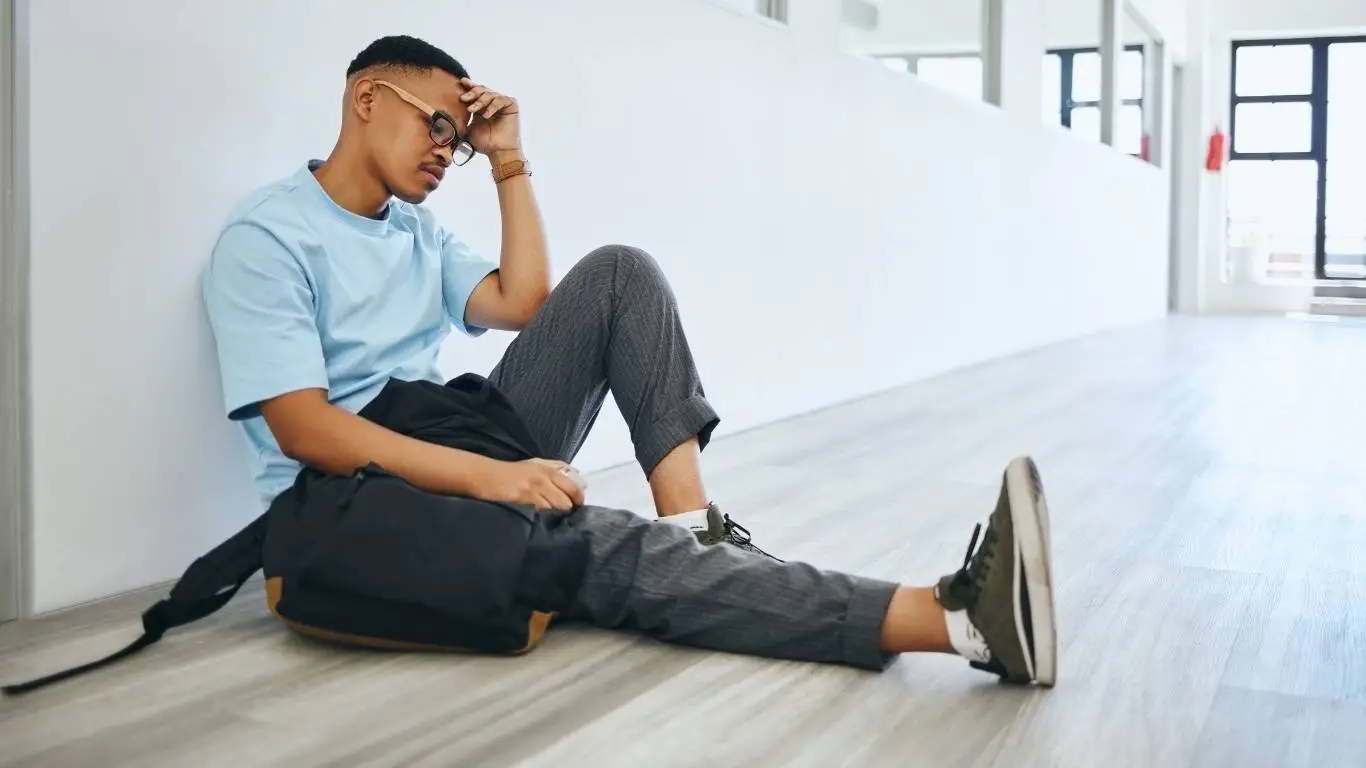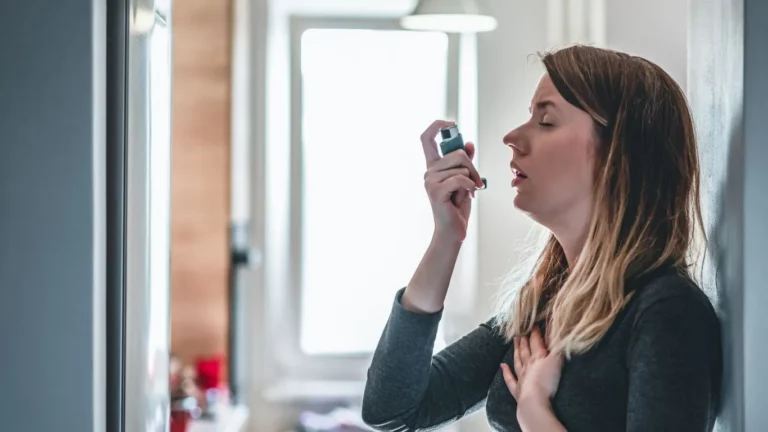Best Virtual Therapy Options For Anxiety That Truly Help
If there’s one thing I wish someone had told me earlier in my anxiety journey, it’s this — you don’t have to sit in traffic, stare at a sterile waiting room wall, or awkwardly flip through outdated magazines to get real help. Virtual therapy options for anxiety have changed everything. I’ve tried more than a few of them myself, and I’ll be the first to say that not all online therapy experiences are created equal. Some were game-changing. Others? Let’s just say they made me question humanity. But once you know what to look for, virtual therapy can be as effective — sometimes even more so — than traditional in-person sessions.
Why Virtual Therapy for Anxiety Isn’t Just a Pandemic Trend

There’s this misconception that online therapy exploded only because of COVID lockdowns. While that certainly helped it gain traction, people stayed for the convenience, flexibility, and access to a wider pool of professionals. If you’re dealing with generalized anxiety disorder, panic attacks, or even just a persistent undercurrent of worry, getting support from the comfort of your space can feel like a lifeline.
And here’s the kicker: studies from nimh.nih.gov and apa.org continue to support that virtual therapy is not just effective — it can match and sometimes outperform traditional care for many patients with anxiety disorders.
The Mental Load of In-Person Therapy (That No One Talks About)
Booking appointments around work, commuting, battling parking, explaining to your boss why you’re disappearing every Wednesday afternoon — it’s exhausting. By the time you actually sit down with your therapist, you’re already running on empty. With virtual therapy, you log in, breathe, and just begin. That simplicity reduces the mental clutter that often makes anxiety worse.
Types of Virtual Therapy That Actually Work for Anxiety

Not every virtual therapy model works for everyone — and that’s okay. What matters is understanding your needs and picking a format that actually supports you. Here are the ones I’ve tried or deeply researched:
1. Text-Based Therapy
This is usually through apps or secure platforms where you message back and forth with a therapist. It can feel oddly freeing to spill your thoughts in writing when anxiety makes verbal communication overwhelming. I once vented an entire spiral at 2 a.m., and got a meaningful response by morning. For anyone with social anxiety, this might feel more manageable than face-to-face video calls.
2. Video Sessions
These mimic traditional therapy, just without the office. Make sure your provider uses HIPAA-compliant tools — privacy is non-negotiable. What I love here is the body language, the real-time connection. But also, you can do it in sweatpants. Win-win.
3. Guided Self-Therapy Programs
Some platforms offer structured CBT-based programs you complete with periodic therapist check-ins. I once completed an 8-week anxiety module while traveling — something that would’ve been impossible with in-person sessions. Programs like these often blend flexibility and structure well.
How to Choose the Right Online Therapy Option

If you’ve searched for online therapy and felt overwhelmed — you’re not alone. With so many apps, platforms, and private providers, here’s what actually matters:
- Credentials and Licensing: Always verify that your therapist is licensed in your state/country and has experience with anxiety disorders.
- Modality Fit: Do you prefer talk therapy, worksheets, daily check-ins, or meditation guidance? Match the format to your comfort zone.
- Scheduling: One of the biggest perks of virtual therapy is flexibility — make sure they actually offer it.
- Cost and Coverage: Many services are now covered by insurance or offer sliding scale rates. Also look for platforms that let you cancel or pause easily.
For those needing a structured breakdown of anxiety symptoms and types, the symptoms of anxiety disorders guide provides a solid foundation. It’s a great starting point if you’re unsure whether what you’re feeling “counts” as anxiety. (Spoiler: it probably does.)
What Worked for Me (and What Totally Didn’t)

I’ll be honest — not every online therapy session felt magical. Some were awkward. A couple therapists felt distant or too script-like, which made my anxiety spike instead of calm. But once I found a provider who *really* got how my thoughts looped in circles and helped me interrupt the patterns, things shifted.
One thing that made a massive difference for me? Pairing therapy with complementary tools like guided breathing exercises and journaling. I followed this approach after reading about breathing exercises that really help with anxiety and exploring how journaling could anchor my thoughts instead of letting them scatter. That combination changed everything — like putting both hands on the steering wheel.
Don’t Underestimate How Empowering It Feels

I didn’t expect virtual therapy to make me feel so in control. It gave me space to heal in my way, on my timeline. It helped me realize that what I’m going through has a name, a cause, and — most importantly — solutions.
And if you’re wondering whether anxiety could be shaping more of your daily life than you realize, I recommend reading this powerful piece on how anxiety can control your routine without you even knowing. It hits home in a way that might make you rethink your “normal.”
What to Expect From Your First Virtual Therapy Session

I’ll admit it — my first virtual session felt kind of weird. There I was, sitting on my couch, laptop perched on a pillow, nervously sipping lukewarm tea like I was on a Zoom interview. But after a few minutes, that awkwardness melted. The therapist smiled, introduced herself, and we got right into it. No clinical vibe, no fluorescent lights — just a real, human conversation.
In most cases, your first session will be an intake assessment. Think of it like a guided conversation where the therapist gets to know your story. They’ll ask questions about:
- Your symptoms (when they started, how often they happen, how they affect daily life)
- Triggers (social settings, work, health concerns, etc.)
- Any past therapy or medication history
- What you hope to gain from therapy
It might feel a little clinical, but a good therapist will make it feel natural. You won’t have to “have it all figured out.” You just show up, talk honestly, and let them guide the process.
Some Tips That Made My First Sessions Easier:
- Use headphones. It helps reduce distractions and keeps things private.
- Find a quiet space. Lock the door, put on a fan for background noise if needed.
- Don’t overthink what to say. Rambling is welcome. Your therapist is there to help untangle it.
Tech Matters: How the Right Platform Makes or Breaks the Experience

This one surprised me. I figured any platform with a camera and chat box would do — not true. Some of the better ones I’ve tried (and many therapists now use) offer:
- Secure video and messaging with proper encryption and HIPAA compliance
- Session notes and journal prompts between sessions
- Easy rescheduling and session reminders
It’s not just about slick design — when you’re anxious, even something like a confusing interface or login glitch can derail you. If you’re someone who appreciates structure, you might enjoy platforms that also offer mood tracking or built-in CBT exercises.
Curious about deeper anxiety assessments and diagnostic tools? This guide to diagnostic tests for anxiety breaks down how these tools work and why they can help inform your therapy plan.
Combining Virtual Therapy With Self-Guided Tools

One of the most empowering things about virtual therapy? It doesn’t have to be the only tool in your kit. Some of the biggest breakthroughs I’ve had came from things I did *between* sessions — tools I learned from my therapist and practiced on my own.
Here’s what’s helped me most:
- CBT-based apps: Tools like journaling apps or digital thought trackers help identify distorted thinking patterns (like catastrophizing or all-or-nothing thinking).
- Breathing exercises: Especially when paired with mindfulness. This one progressive muscle relaxation technique became a daily ritual for me.
- Educational content: Reading articles or listening to podcasts about anxiety helped normalize my experience. Sometimes just knowing I wasn’t alone took the edge off.
I also started taking my nutrition a bit more seriously after discovering how omega-3s impact anxiety. Turns out, what we eat can either inflame or calm the brain — something most people totally overlook.
Virtual Therapy for Different Types of Anxiety Disorders

Not all anxiety looks the same. And thankfully, virtual therapy doesn’t treat it like it does. Whether you’re dealing with:
- Generalized Anxiety Disorder (GAD)
- Panic Disorder
- Social Anxiety
- Health Anxiety
- Phobias or PTSD
There’s likely a therapist who specializes in exactly that — and they may not live anywhere near you. That’s the beauty of going virtual. It breaks down those location barriers so you can match with someone who gets your version of anxiety, not just the textbook kind.
If you want to better understand what might be going on beneath the surface, I highly recommend this deep dive into the hidden causes of anxiety. It opened my eyes to just how complex (and treatable) anxiety really is.
The Most Underrated Part: Convenience That Feels Like Self-Respect

We don’t talk enough about how exhausting anxiety is. It’s not just the racing thoughts — it’s the decision fatigue, the second-guessing, the energy it takes just to get through the day. With virtual therapy, one major hurdle disappears: logistics. That may seem small, but for people living with anxiety, it’s massive.
You’re not lazy. You’re not making excuses. You’re simply building a care routine that works for your brain, your life, and your bandwidth. And honestly? That’s a radical act of self-respect.
If you’re ready to explore even more psychotherapy and counseling options for anxiety, there’s a full breakdown that covers in-person and digital models side by side. You’ll see how varied — and hopeful — this space has become.
Lastly, for a broader context on how anxiety weaves into our everyday lives and impacts everything from relationships to productivity, check out this essential piece on how anxiety disorders silently control our routines. It’s a solid reminder that if you’re struggling, you’re not alone — and you’re not broken. You just need tools that actually work for you.

Camellia Wulansari is a dedicated Medical Assistant at a local clinic and a passionate health writer at Healthusias.com. With years of hands-on experience in patient care and a deep interest in preventive medicine, she bridges the gap between clinical knowledge and accessible health information. Camellia specializes in writing about digestive health, chronic conditions like GERD and hypertension, respiratory issues, and autoimmune diseases, aiming to empower readers with practical, easy-to-understand insights. When she’s not assisting patients or writing, you’ll find her enjoying quiet mornings with coffee and a medical journal in hand—or jamming to her favorite metal band, Lamb of God.






